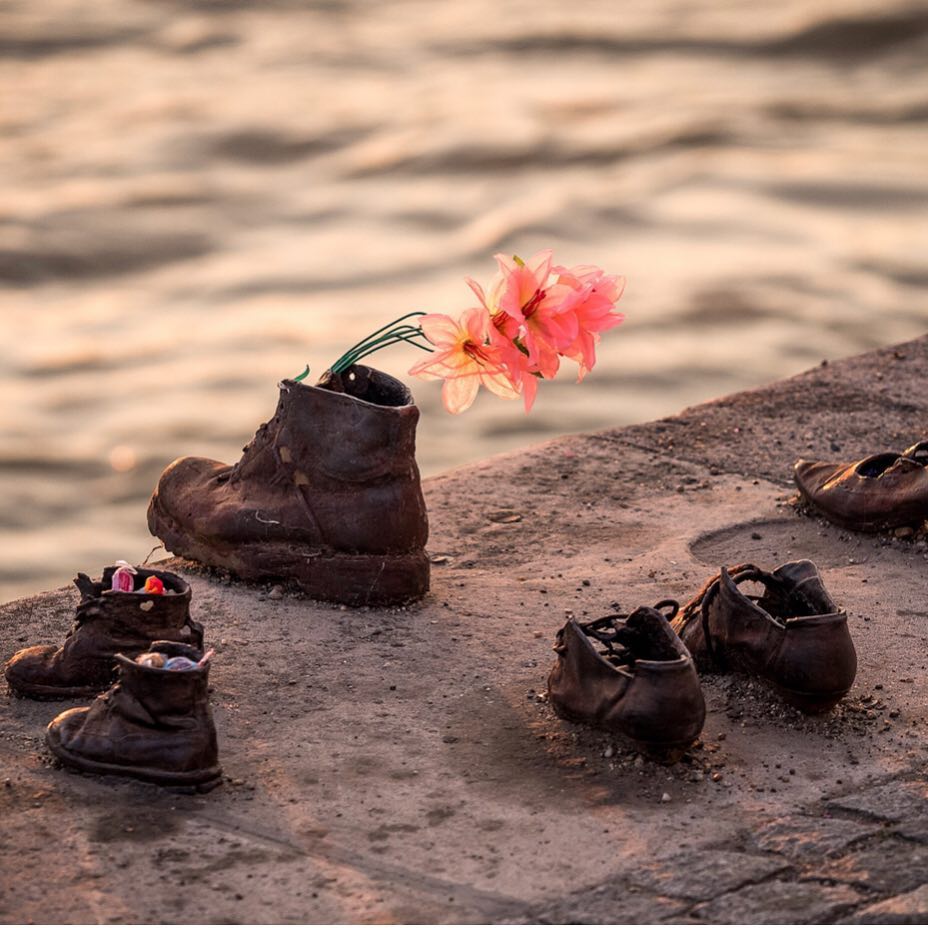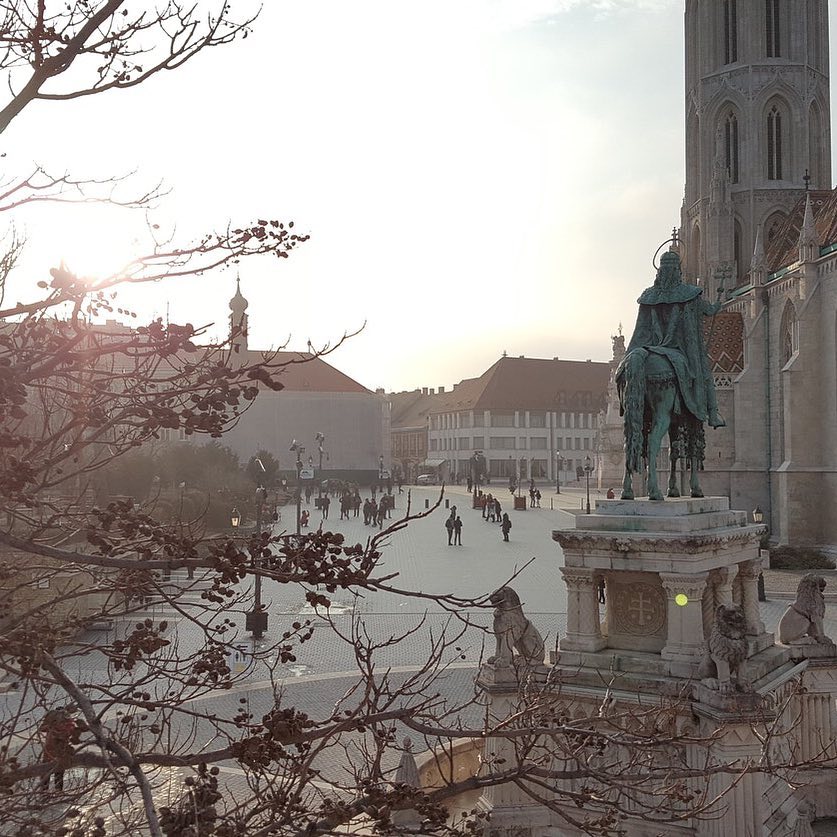The great Hungarian Capital that spans both sides of the river Danube seemingly has two personalities. One is loud and grungy, the other is quiet and majestic standing tall with history.

‘Budapestians’ are a fiercely unique people with an eclectic history. By chance, we befriended two wonderful locals on a less than stellar Russian train from Split to Budapest. An invitation was extended for a guided tour of our destination and we gleefully accepted. These kind folk showed us their city – its best spots to have fun – and importantly, where to eat great local food without all the tourists. They are very proud of their city, its distinct language, and the people who hail from it, including Houdini and a slew of great inventors. In the end, there was so much we missed in our short time there and we’ve already made a list of all the things we must see next time.
The Chainlink Bridge below connects the flat region of Pest with the hilly region of Buda. Once two thriving cities, Buda & Pest are now united and proudly Hungarian. I had no idea it was originally two cities until being told by a local and they have two very different vibes.

Budapest saw some of the worst fighting of WW2 in its latter stages, but one of its most memorable and infamous tourist spots is of an event that happened away from the battlefield. The Iron Shoes on the Pest side of the River Danube are a haunting memorial to those who were lined up and executed here toward the end of the Second World War by fascist militiamen. An estimated 20,000 Jews were shot into the river after removing their shoes at gunpoint.

Budapest is hip and grungy during the day, but it is a lively wonder at night. The river areas hold stunning beauty under lights and so does the old Jewish quarter, with its cathedrals and tight alleyways of restaurants and bars. We spent many nights exploring and drinking our way through these cool bars and eateries. While you’re there, check out the red light district too, and have a dessert at the famous library before catching the tram up to the historic hills of Buda for a stroll and a coffee. Budapest will leave you wanting more.

Castle Hill is the historical part of Budapest and heralds Buda’s finest medieval buildings and European charm. The old town area is a lovely walk after catching the metro and a marvelous spot to take photos over the Danube. The area that was decimated by pitiless battles at the end of WW2 is mostly restored and now home to museums, restaurants, and coffee houses. This is a stop not to be missed.

In what was a real treat, Budapest has some eye catching thermal baths, namely the relatively cheap and fun open-air pools of Széchenyi and the historic but pricey, Gellert Baths, pictured in this wonderful photograph. In winter or summer, these pools and spas have provided tourists and locals with pleasure and refuge from the elements for centuries. So. Much. Fun.

Hopefully, I’ve whet your appetite. For me, it has rekindled my strong desire to return. I plan to.
Signing off.
